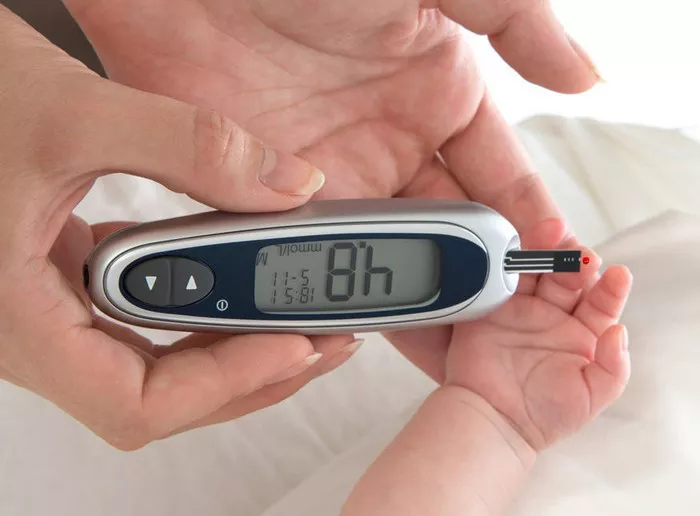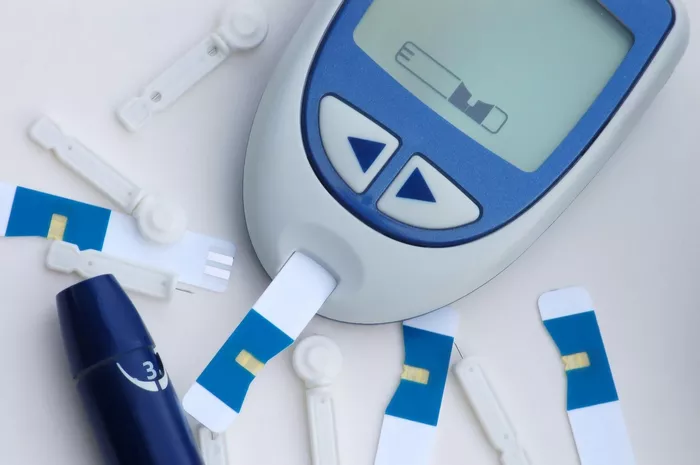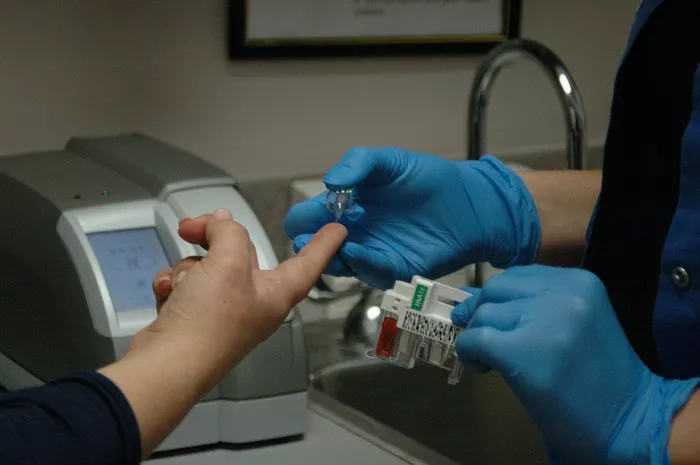Insulin, a crucial hormone for regulating blood sugar levels in the body, is indispensable for individuals living with diabetes. As the cornerstone of diabetes management, insulin therapy plays a pivotal role in maintaining glycemic control and preventing complications associated with the disease. Over the years, advancements in medical research have led to the development of various types of insulin, each with unique characteristics tailored to meet the diverse needs of patients. Understanding the differences between these insulin formulations is essential for optimizing diabetes care and improving patient outcomes.
Introduction to Insulin
Insulin is a hormone produced by the pancreas that enables the body to utilize glucose for energy. In individuals with diabetes, either the pancreas produces insufficient insulin (Type 1 diabetes) or the body’s cells become resistant to insulin’s effects (Type 2 diabetes), leading to elevated blood sugar levels. Insulin therapy is necessary to supplement or replace the body’s natural insulin production and regulate blood glucose levels effectively.
Classification of Insulin
Insulin formulations are classified based on their onset, peak action, and duration of activity. This classification helps healthcare providers tailor treatment plans to individual patient needs and lifestyle factors. The main categories of insulin include rapid-acting, short-acting, intermediate-acting, long-acting, and ultra-long-acting insulins.
Rapid-Acting Insulin
Rapid-acting insulin analogs are designed to mimic the body’s natural insulin response to meals, providing quick glucose-lowering effects. These insulins typically begin working within 15 minutes of injection, peak within 1-2 hours, and have a duration of action ranging from 3 to 5 hours. Examples of rapid-acting insulins include insulin lispro, insulin aspart, and insulin glulisine.
Short-Acting Insulin
Short-acting insulin, also known as regular insulin, has a slower onset of action compared to rapid-acting insulins. It typically starts working within 30 minutes to 1 hour after injection, peaks in 2-4 hours, and remains active for approximately 6-8 hours. Short-acting insulin is often used to manage blood sugar levels between meals and overnight. Human insulin, such as regular insulin, falls into this category.
Intermediate-Acting Insulin
Intermediate-acting insulins have a slower onset and longer duration of action compared to rapid-acting and short-acting insulins. These insulins begin working within 1-2 hours, peak in 4-12 hours, and can last up to 18 hours. Intermediate-acting insulins provide more prolonged coverage and are often used to manage blood sugar levels throughout the day and night. NPH (neutral protamine Hagedorn) insulin is a common example of an intermediate-acting insulin.
Long-Acting Insulin
Long-acting insulins offer basal or background insulin coverage, providing a steady release of insulin over an extended period. These insulins have a slow onset of action, minimal peak effect, and can last anywhere from 18 to 24 hours or longer. Long-acting insulins help maintain stable blood sugar levels between meals and overnight. Examples of long-acting insulins include insulin glargine, insulin detemir, and insulin degludec.
Ultra-Long-Acting Insulin
Ultra-long-acting insulins represent the latest advancement in insulin therapy, offering an even more extended duration of action compared to traditional long-acting insulins. These insulins provide basal insulin coverage for up to 42 hours, offering greater flexibility in dosing and reducing the risk of hypoglycemia. Insulin degludec is an example of an ultra-long-acting insulin that provides consistent and predictable glucose control with once-daily or less frequent dosing.
Combination Insulin Therapies
In addition to individual insulin formulations, combination insulin therapies are available to simplify treatment regimens and improve adherence. These formulations combine different types of insulin (e.g., rapid-acting and long-acting insulins) in fixed ratios, offering both mealtime and basal insulin coverage in a single injection. Common examples include premixed insulin preparations such as insulin lispro mix and insulin aspart mix, which contain a combination of rapid-acting and intermediate-acting insulins.
Factors Influencing Insulin Selection
Several factors influence the selection of insulin therapy for individuals with diabetes, including the type and severity of diabetes, insulin sensitivity, lifestyle factors, treatment goals, and patient preferences. Healthcare providers work closely with patients to develop personalized insulin regimens that address their unique needs and optimize glycemic control while minimizing the risk of adverse effects, such as hypoglycemia and weight gain.
Conclusion
The diverse landscape of insulin offers healthcare providers a wide range of options for managing diabetes and achieving optimal blood sugar control. By understanding the different types of insulin and their characteristics, healthcare providers can tailor treatment plans to individual patient needs, improve treatment adherence, and enhance overall diabetes management. Continued research and innovation in insulin therapy hold the promise of further improving outcomes for individuals living with diabetes and advancing the field of diabetes care.


























